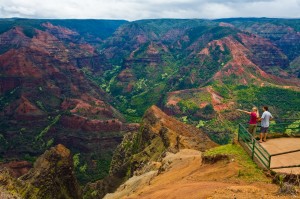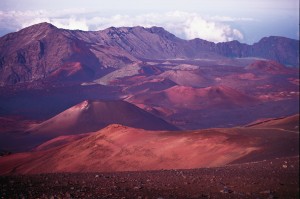A Salute to Past Olympic Medalists From Hawaii
- 08.03.12
- General, olympic medalists from Hawaii
- No Comments
Olympic Medalists From Hawaii!
With all the excitement that comes with the XXX Summer Olympic games currently underway in London, I have been posting a list of Olympic medalists from Hawaii on Twitter (@myhawaiifoodfun) and I thought that I should go ahead and enter a post here re-listing them all, even though you can also find this list on the “Interesting Facts About Hawaii” page, as well.
So, here is a list of Olympic medalists from Hawaii throughout the years, in no particular order:
- Just heard, Clarissa Kyoko Mei Ling Chun, a graduate of Roosevelt High, just won a Bronze medal in women’s wrestling in London today, Aug. 8, 2012. Congrats Clarissa!
- William Tripp Woolsey, McKinley High School, in 1952 won a Gold medal on the 800-meter relay swim team & Silver at ’56 Olympics.
- William Smith, Maui, won two gold medals at the Olympic Games in 1948 in the 400-meter freestyle and in the 4 x 200 free-style relay.
- Yoshinobu Oyakawa, Hilo High grad, won a gold medal in the 100-meter backstroke at the Olympic Games in Helsinki, 1956.
- Ford Hiroshi Konno, won four medals at the 1952 (2 gold/1 silver) and 1956 (Silver) Olympic Games, in 3 swimming events.
- Warren Paoa Kealoha won Gold medals in the 100-meter backstroke at the 1920 Olympics and again at the 1924 Olympics.
- Pua Kealoha won a gold medal in the 4 x 200 free-style relay and silver in the 100-meter free-style at the 1920 Olympics.
- Evelyn Kawamoto-Konno won two Bronze Medals at the 1952 Olympic Games in Helsinki, Finland.
- Brothers Manuela & Maiola Kalili won silver as part of the 4×200 free-style relay team at the 1932 Olympics in Los Angeles.
- Mariechen Jackson, of Honolulu, won 2 medals at the 1924 Olympics…gold in the 4 x 100 relay & silver in the 100 m free-style.
- Kalama Aiu, a Kaimuki High grad, won a gold medal at the 1948 Olympic Games in the 4 X 100-meter free-style team relay.
- Samuel Alapai Kahanamoku finished 3rd in the 100 meters free-style behind Duke, his older brother, in 1924, winning Bronze.
- Clarence “Buster” Crabbe won a bronze medal in the 1928 Olympics in the 1500-meter free-style and…a gold medal at the 1932 Olympics in the 400-meter free-style. At one time, Buster held six world records simultaneously.
- Robyn Ah Mow-Santos, McKinley ’93, member of the Women’s Volleyball team in 2000, ’04, and won Silver at the ’08 games/Beijing.
- In 1948, Richard Tom one of the first Asian-Americans to be selected to the U.S. weightlifting team, won a bronze medal.
- Chris Duplanty, Punahou Class of 1984, was a 3-time Olympian (’88, ’92 & ’96) in water polo. He won silver in the 1988 Olympics.
- Tommy Kono was a 3 time Olympic medal winner, 2 Gold in 1952 and Silver in 1960 & holds records in 4 divisions of weightlifting.
- Kevin Asano, 1981 Pearl City High School graduate, won the Silver in Extra Lightweight Judo Competition at the 1988 Olympics.
- Keala O’Sullivan, born in Honolulu, won Bronze in women’s 3 meter springboard at the 1968 Summer Olympics, Mexico City.
- Harold Sakata (better known as Oddjob in James Bond’s Goldfinger) was born in Holualoa and won Silver in weightlifting in 1948 Olympics, London.
- David McFaull & Michael Rothwell became Hawaii’s 1st Olympic sailing medalists, winning Silver at the 1976 Montréal Summer Olympics.
- Castle High School Grad, Bryan Clay, born in TX, but grew up in Honolulu won the Gold Medal in the Decathalon in Beijing, 2008.
- Natasha Kai was a member of the Gold Medal winning US Women’s soccer team in Beijing in 2008.
and of course, no list of Olympic medalists from Hawaii would be complete without its most favorite son, Duke Kahanamoku.
- Not only was Duke Kahanamoku an ambassador of surfing, but he also won 5-Gold Medals in swimming at the 1912 Olympics!


![oahu0003_l[1]](http://www.myhawaiifoodfun.com/wp-content/uploads/2011/12/oahu0003_l1-300x199.jpg)






